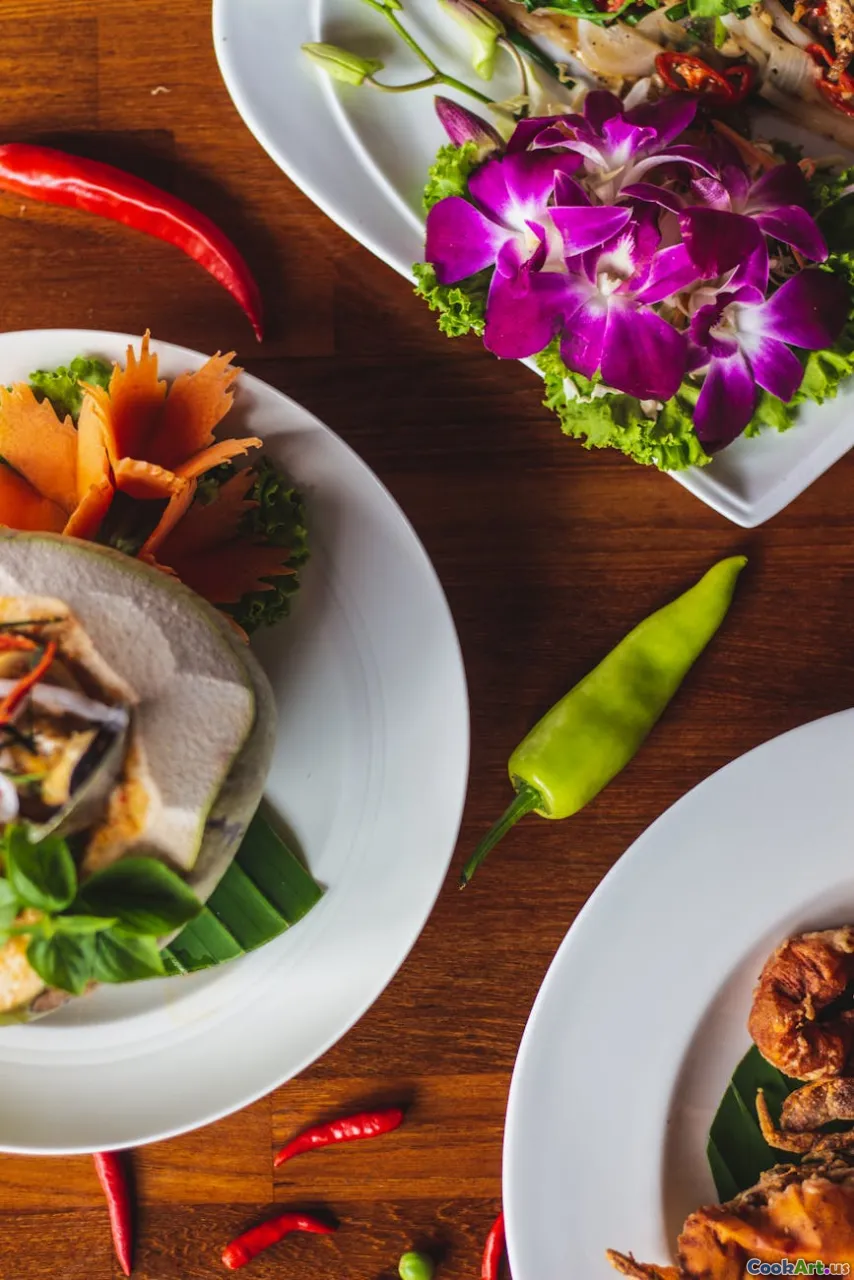Cultural Influences in Modern Cuisine
5 min read Discover how global cultures shape modern cuisine through flavors, techniques, and traditions, creating a vibrant culinary landscape. April 05, 2025 22:00
Cultural Influences in Modern Cuisine
Modern cuisine is a dynamic tapestry woven from the threads of various cultures, traditions, and innovations. As the world becomes increasingly interconnected, the culinary landscape reflects this blending of ideas, ingredients, and techniques. In this article, we will explore how cultural influences shape modern cuisine, uncovering the remarkable intersections between heritage and innovation.
The Global Melting Pot
Over the past few decades, culinary exchanges have become more common, giving rise to hybrid dishes that showcase the beauty of culinary fusion. For instance, the popularity of sushi burritos exemplifies how traditional Japanese sushi techniques have been adapted to suit contemporary tastes, combining the portability of a burrito with the flavors of sushi. This phenomenon is not limited to one region; it occurs globally, with various cultures borrowing and adapting ingredients and methods.
A Case Study: The Taco
Take, for example, the taco. Originally a simple Mexican dish, it has evolved into numerous variations influenced by various global cuisines. Tacos filled with Korean BBQ, Indian curry, or even Italian ingredients like mozzarella and basil showcase how versatile this dish has become. This adaptability is a testament to how cultural intersections can create exciting new culinary experiences.
The Role of Migration
Migration has played a significant role in shaping food culture. As people move from one place to another, they bring their culinary traditions with them. In cities around the world, neighborhoods often become epicenters of cultural cuisine. For instance, Little Italy in New York City is renowned for its Italian restaurants, while Chinatown offers a plethora of Chinese dining options. These communities not only preserve their culinary heritage but also introduce it to new audiences, leading to a greater understanding and appreciation of diverse cuisines.
Techniques and Traditions
Culinary techniques are another area where cultural influences shine. Techniques such as fermenting, pickling, and smoking have deep historical roots in many cultures but have been embraced and adapted across the globe. For example, fermentation, a method used in Korean kimchi, has found a place in modern gastronomy beyond its traditional applications. Chefs are now using fermentation to create unique flavors in everything from cocktails to desserts, demonstrating how ancient practices can inspire contemporary cuisine.
The Influence of Globalization
Globalization has not only made it easier for chefs to access ingredients from around the world but has also facilitated the spread of culinary knowledge. Social media platforms and cooking shows allow for the sharing of recipes and techniques across cultures, creating a global dialogue about food. Chefs and home cooks alike are inspired by cuisines from distant lands, prompting them to experiment with flavors and cooking styles that they may have never encountered otherwise.
Sustainable and Ethical Considerations
As modern cuisine evolves, so do the values surrounding food. An increased awareness of sustainability and ethical sourcing has led many chefs to explore traditional culinary practices that prioritize local ingredients and seasonal cooking. This shift is evident in the farm-to-table movement, where chefs aim to create dishes that reflect their local environment while honoring the cultural significance of the ingredients they use.
Conclusion
Cultural influences in modern cuisine illustrate the beauty of culinary diversity. By embracing and celebrating the myriad of flavors, techniques, and traditions from around the world, chefs and home cooks are crafting dishes that tell stories of migration, adaptation, and innovation. As we continue to explore and experiment with food, we must recognize the cultural roots of our culinary creations and acknowledge the rich tapestry of influences that shape our dining experiences today.









